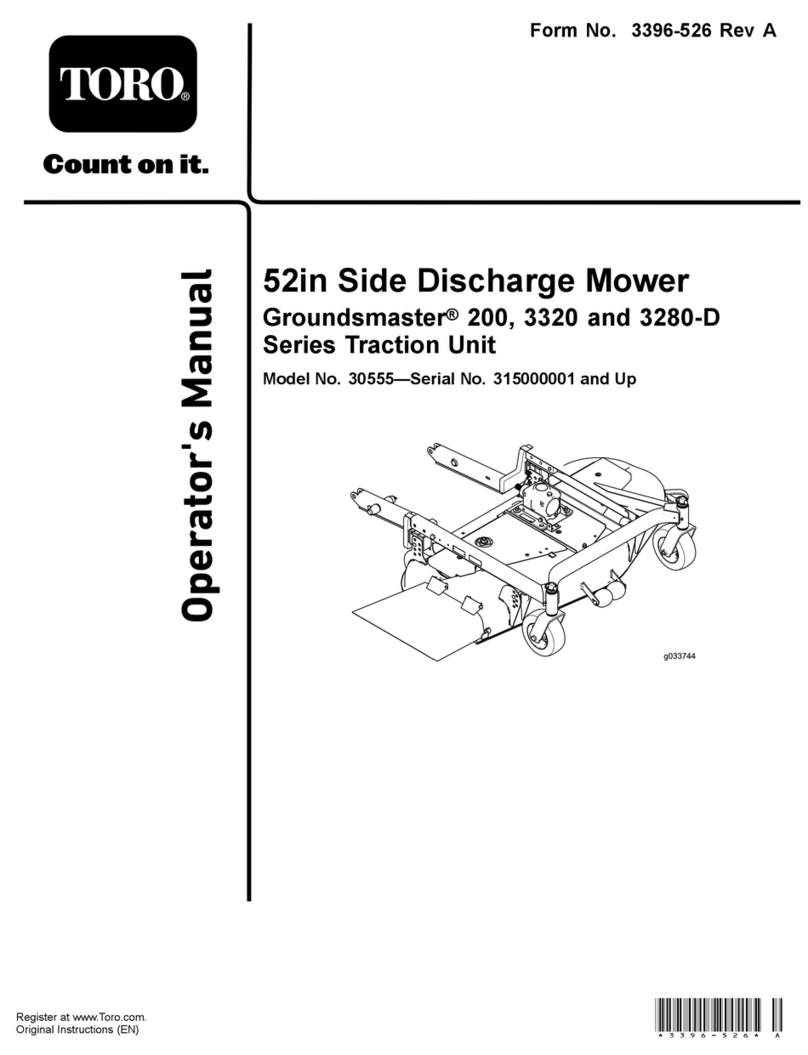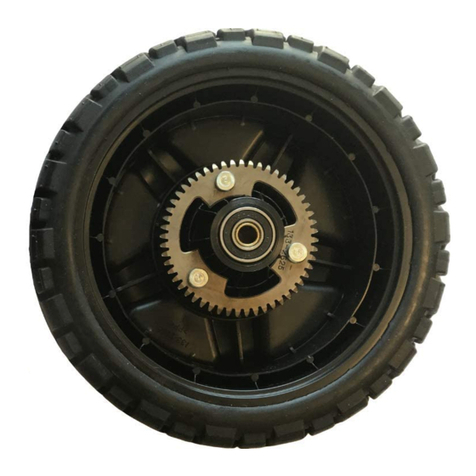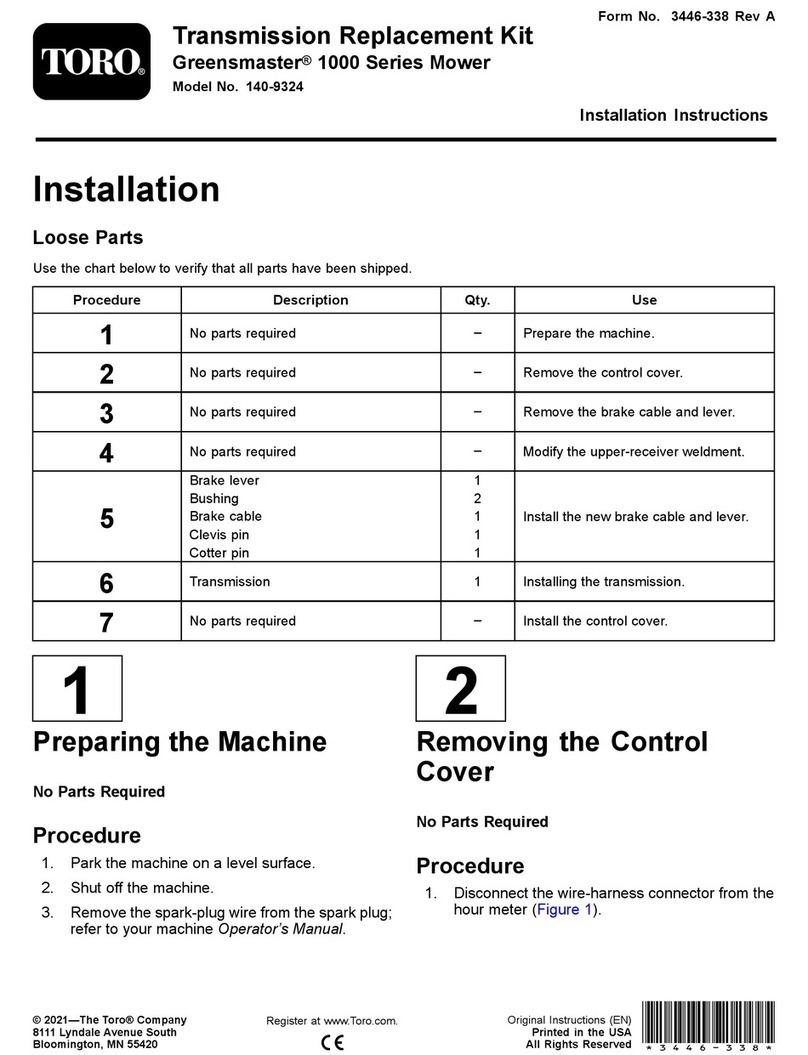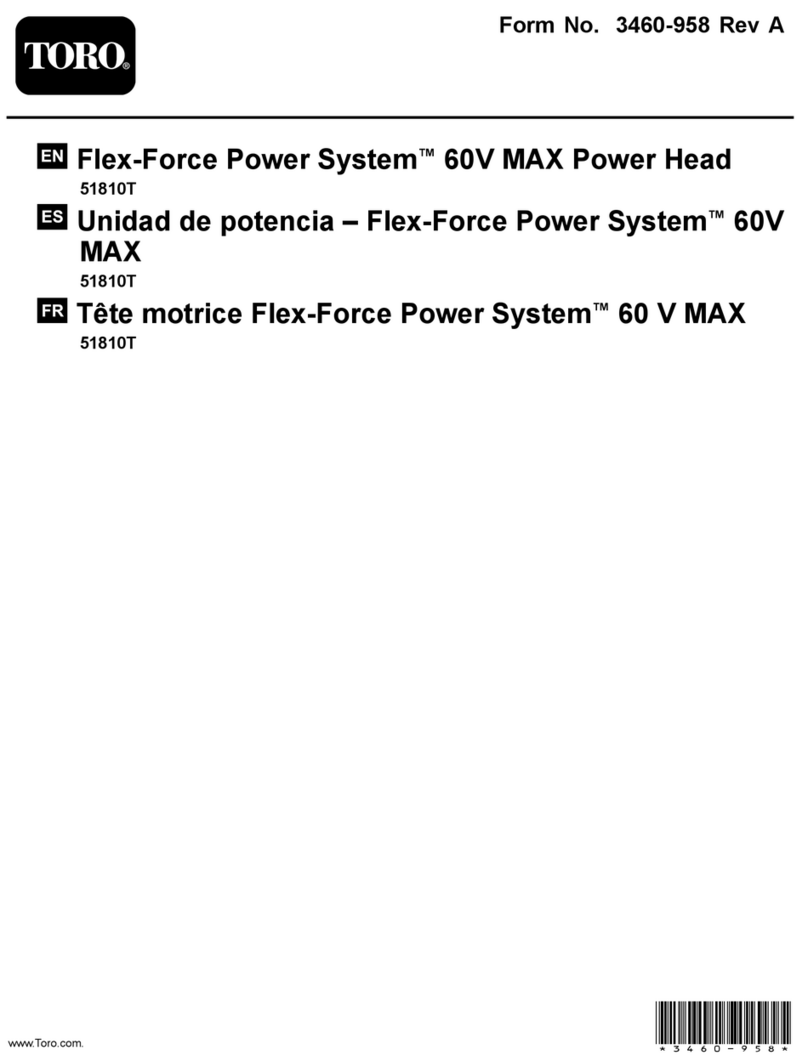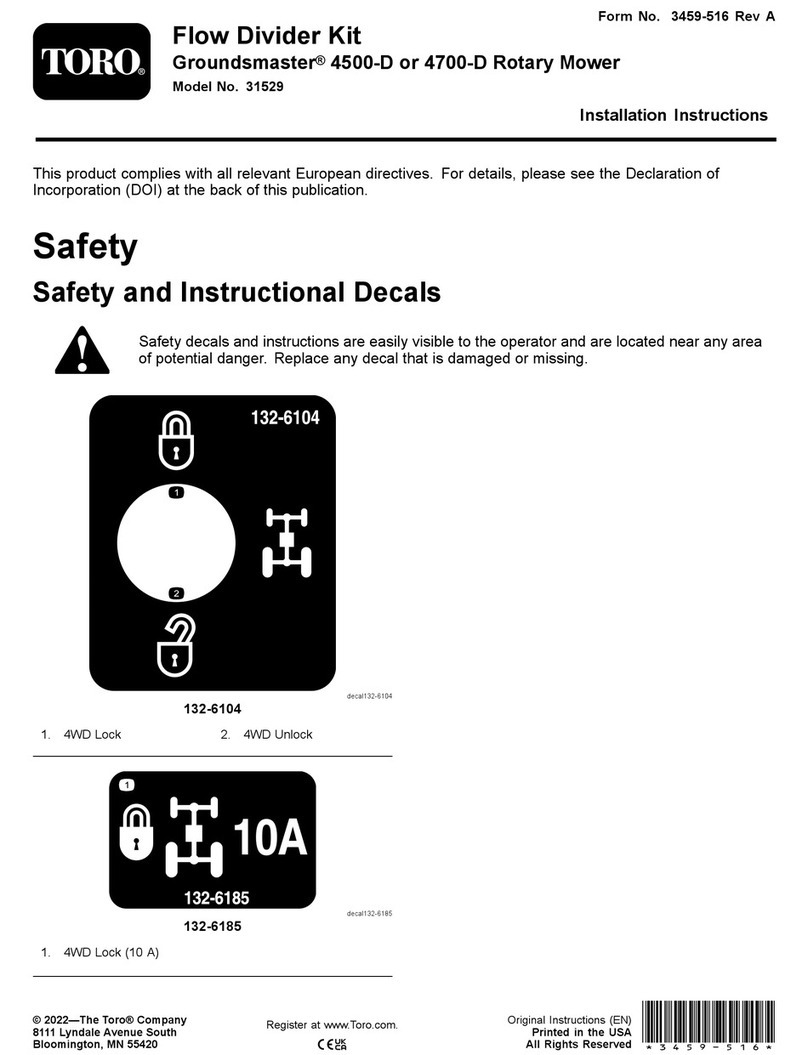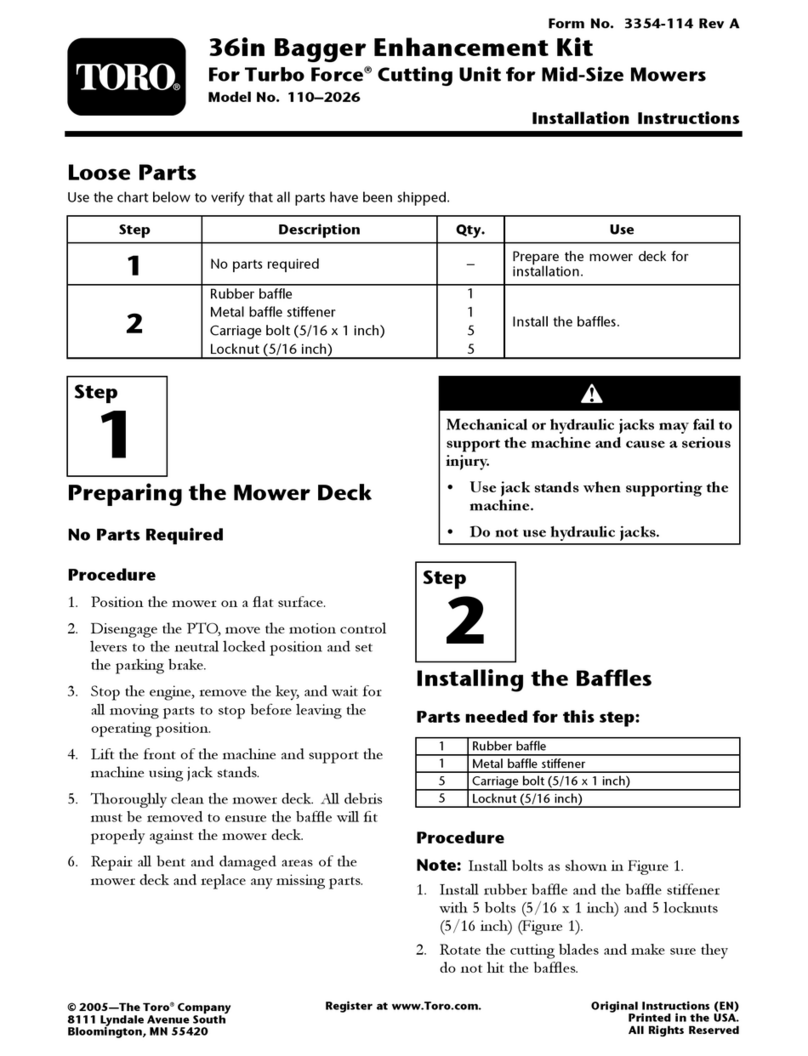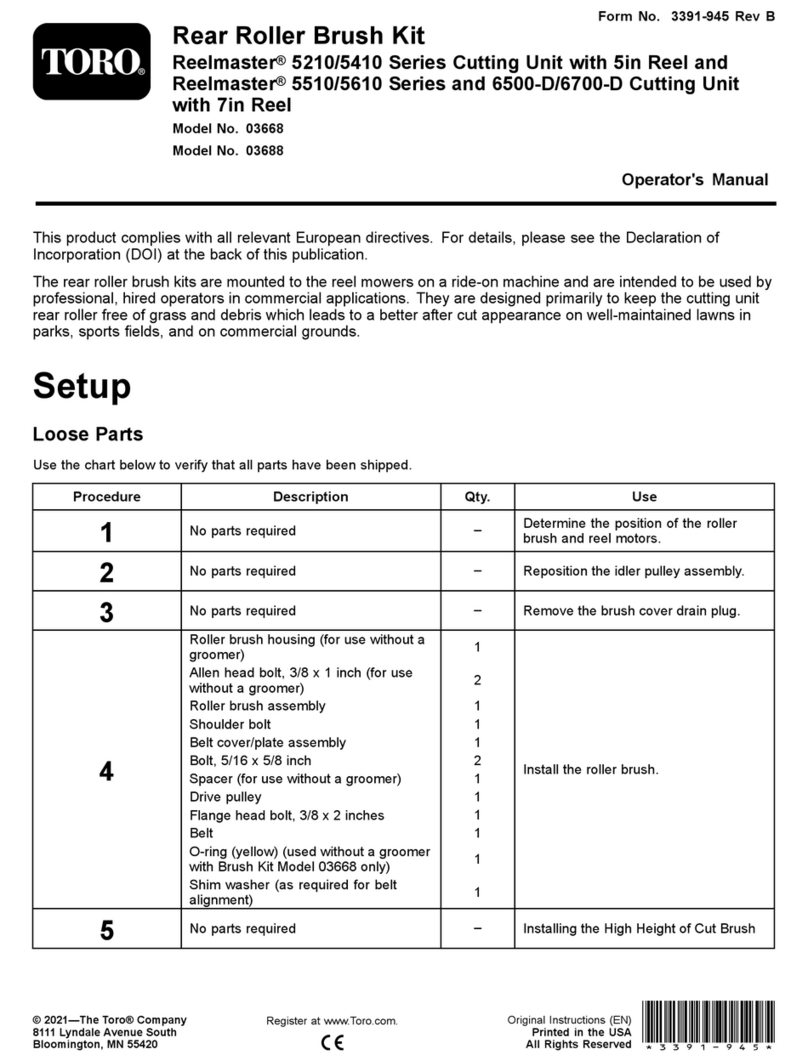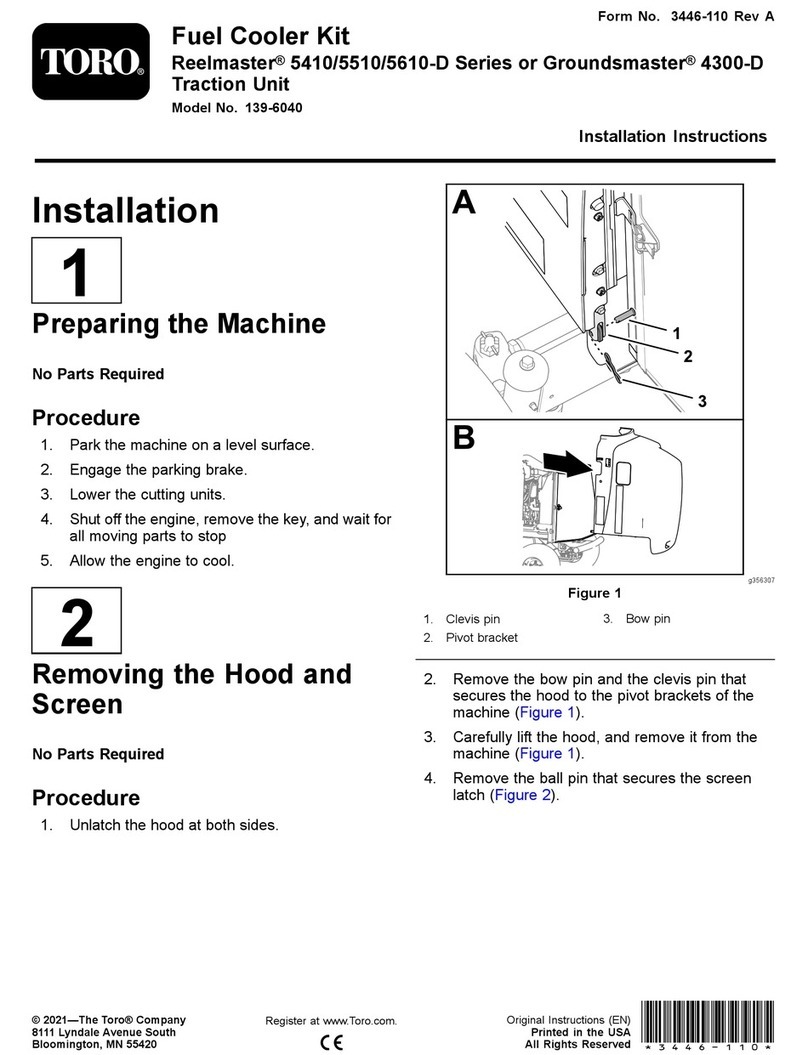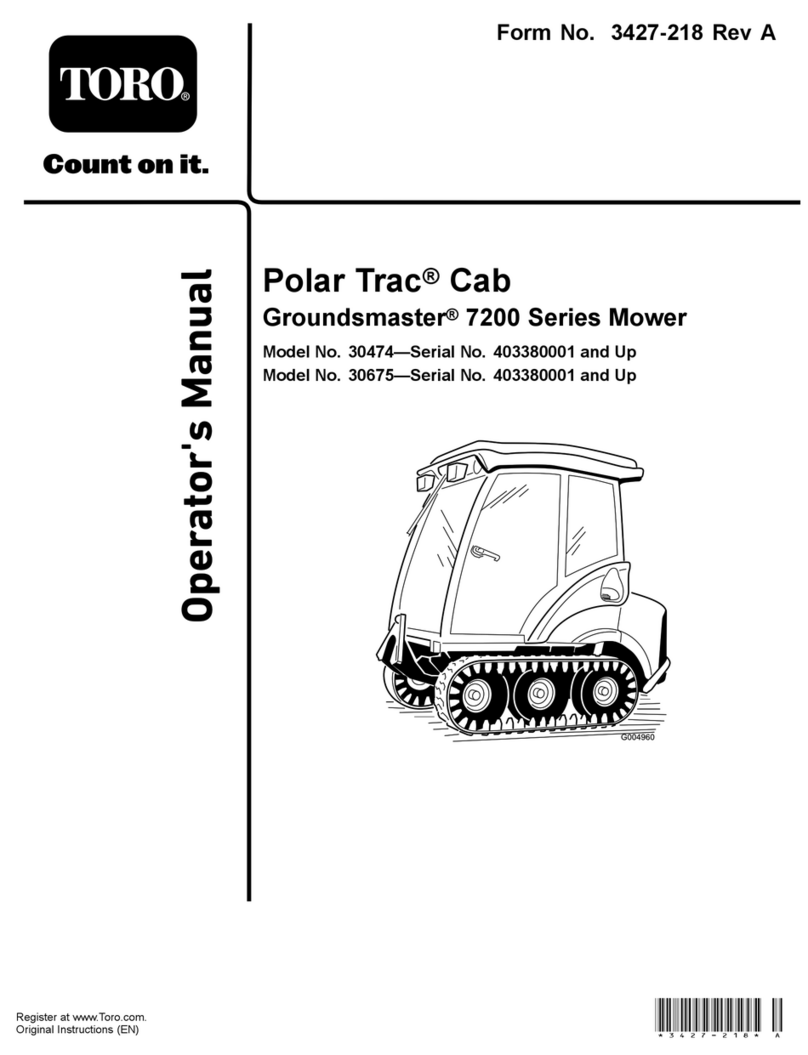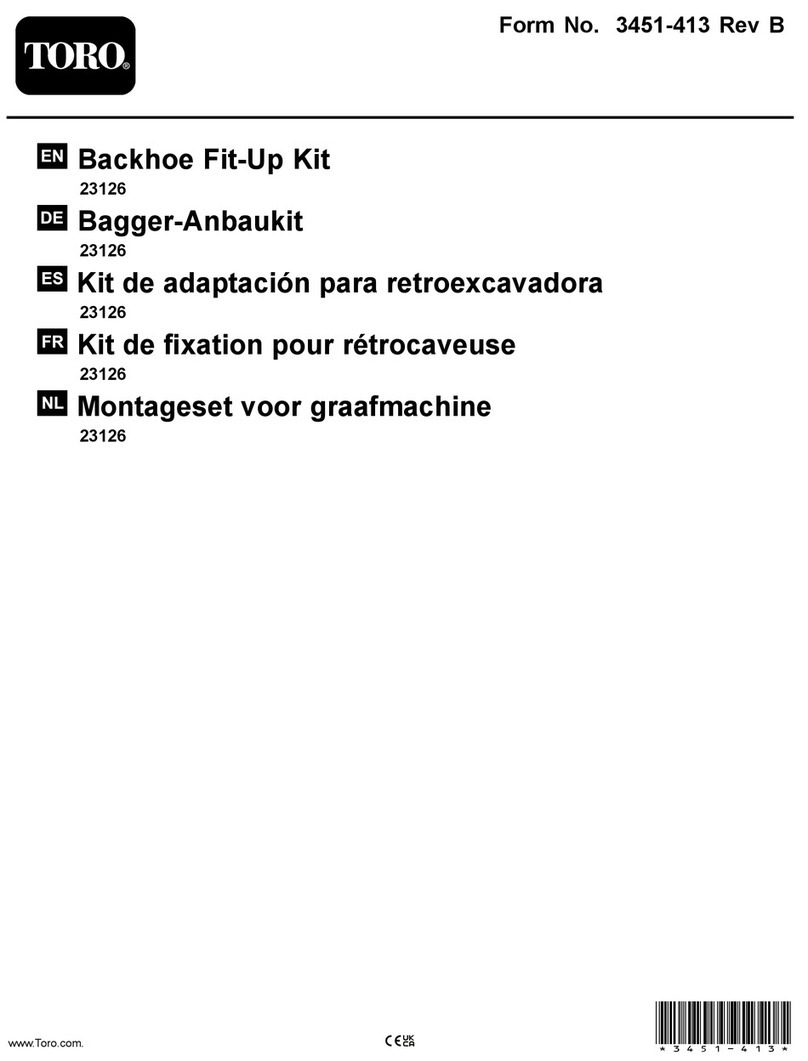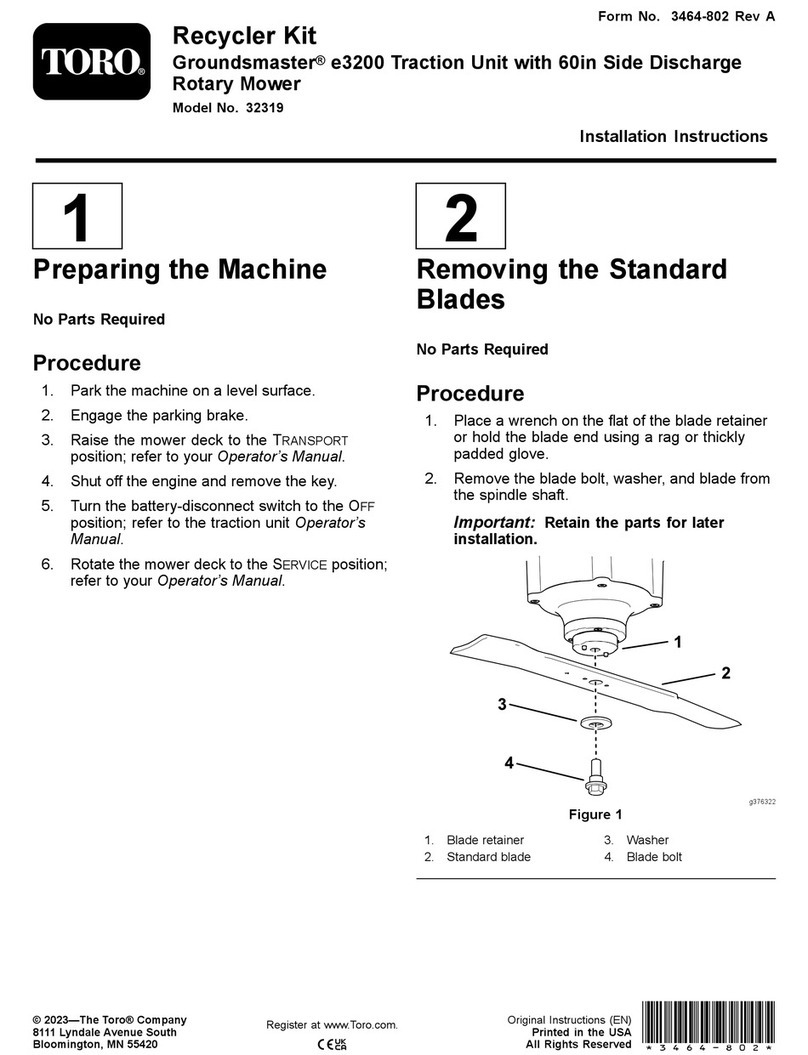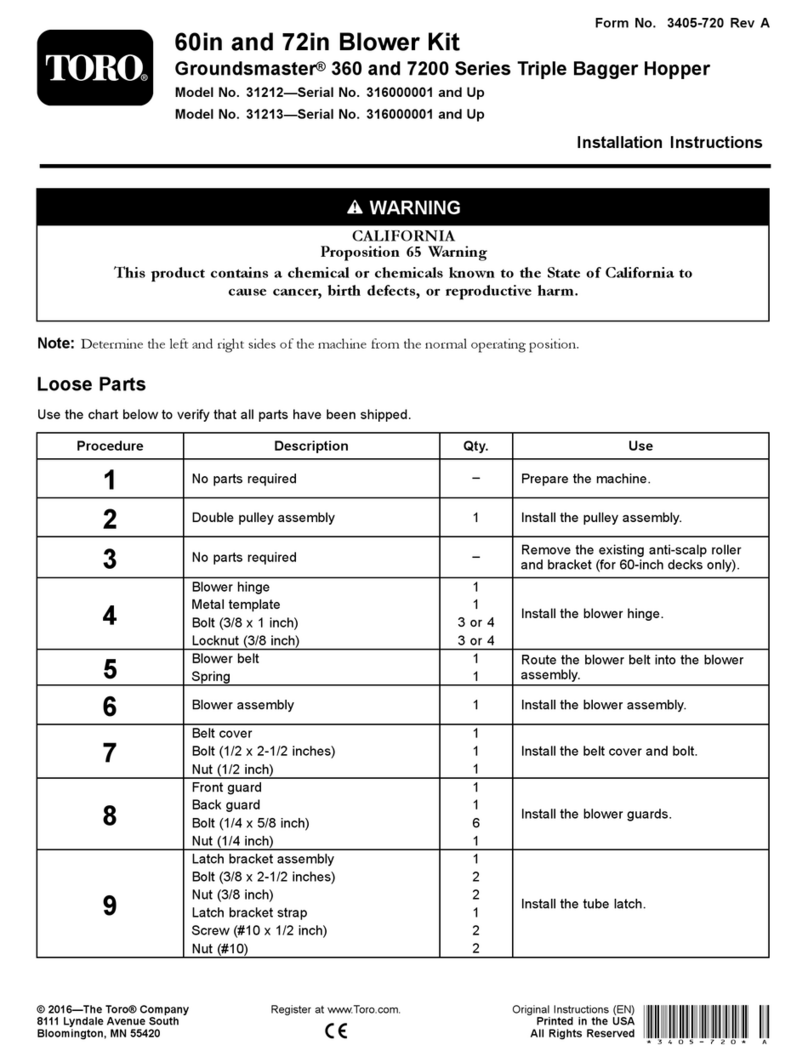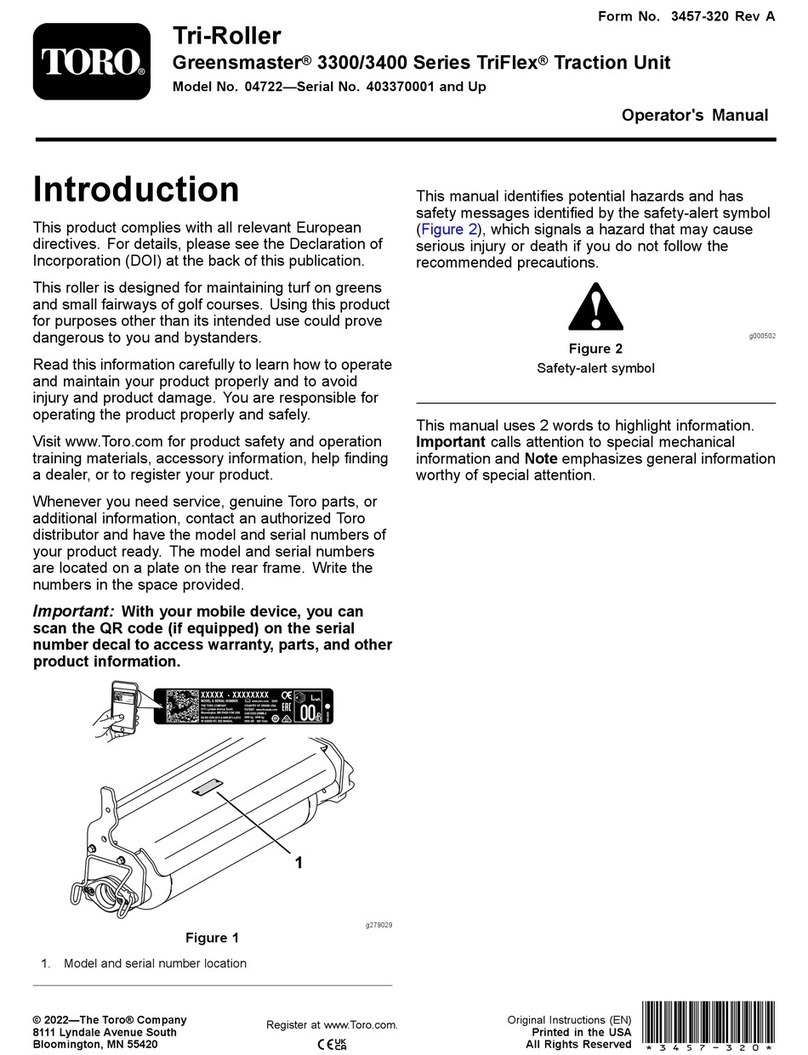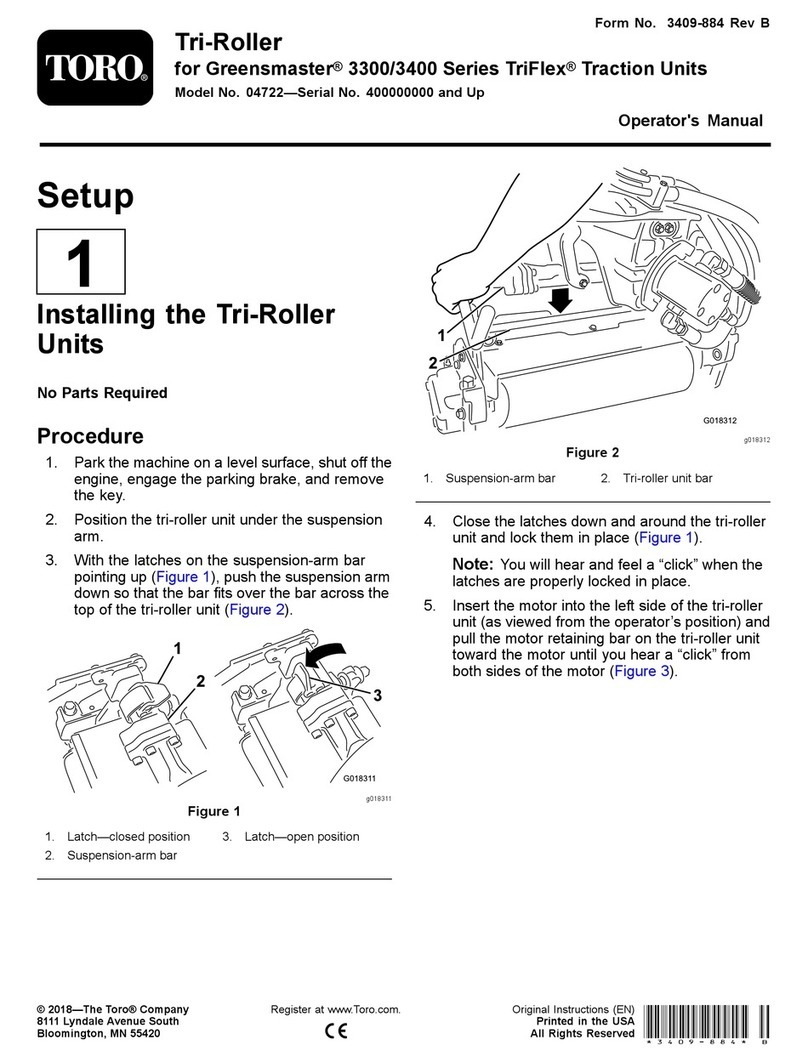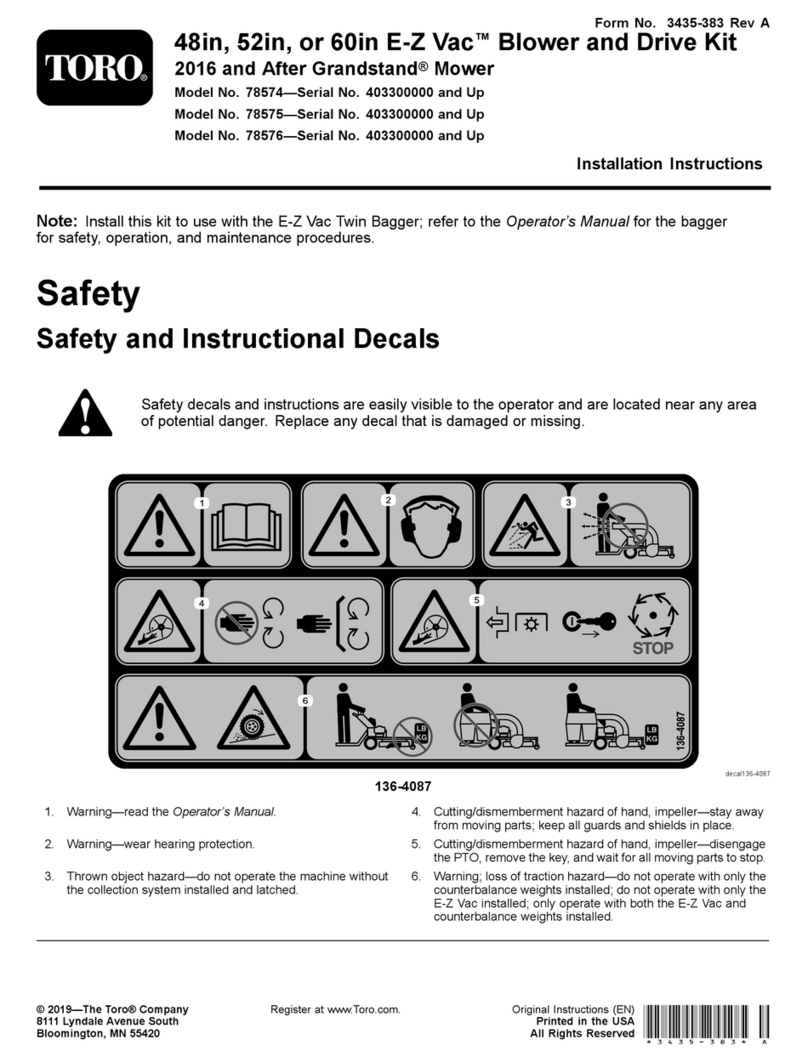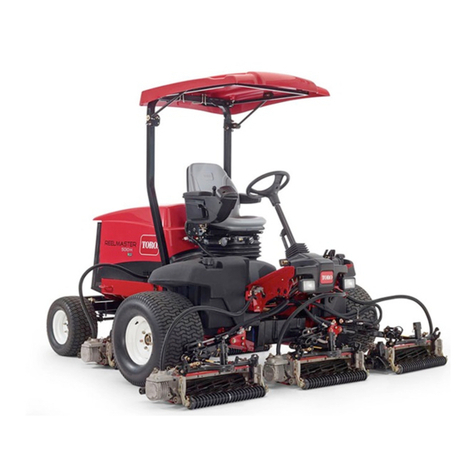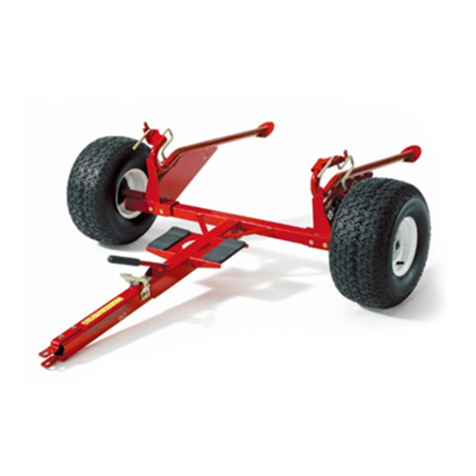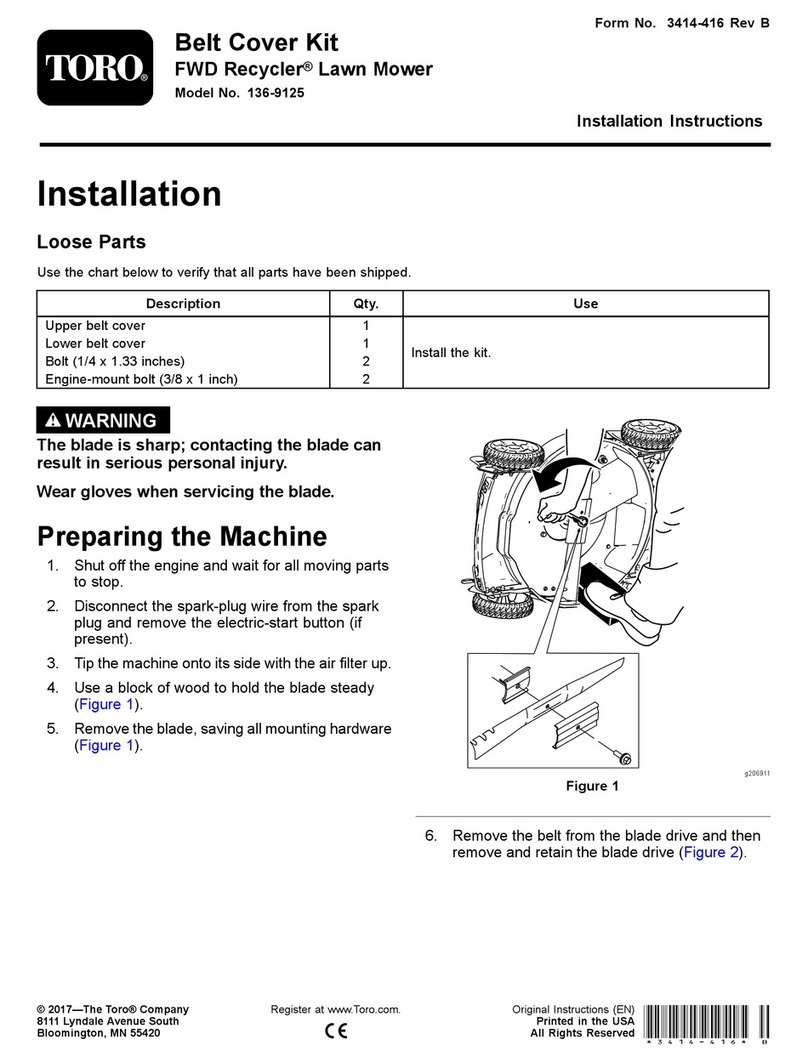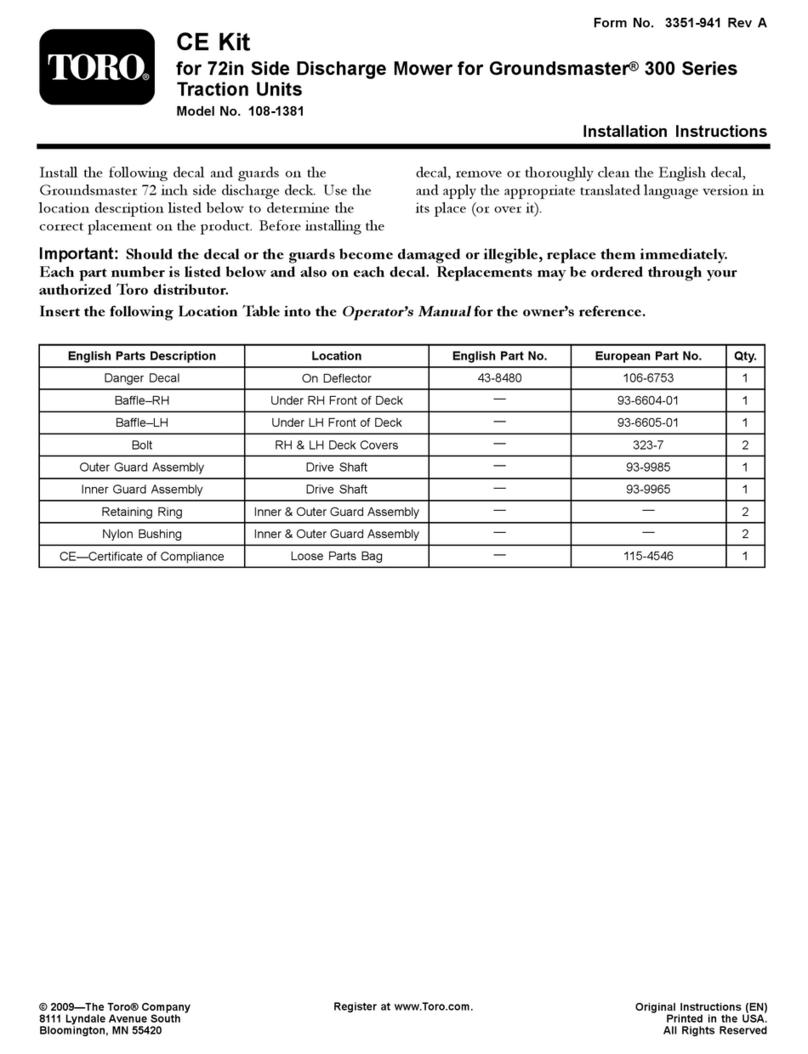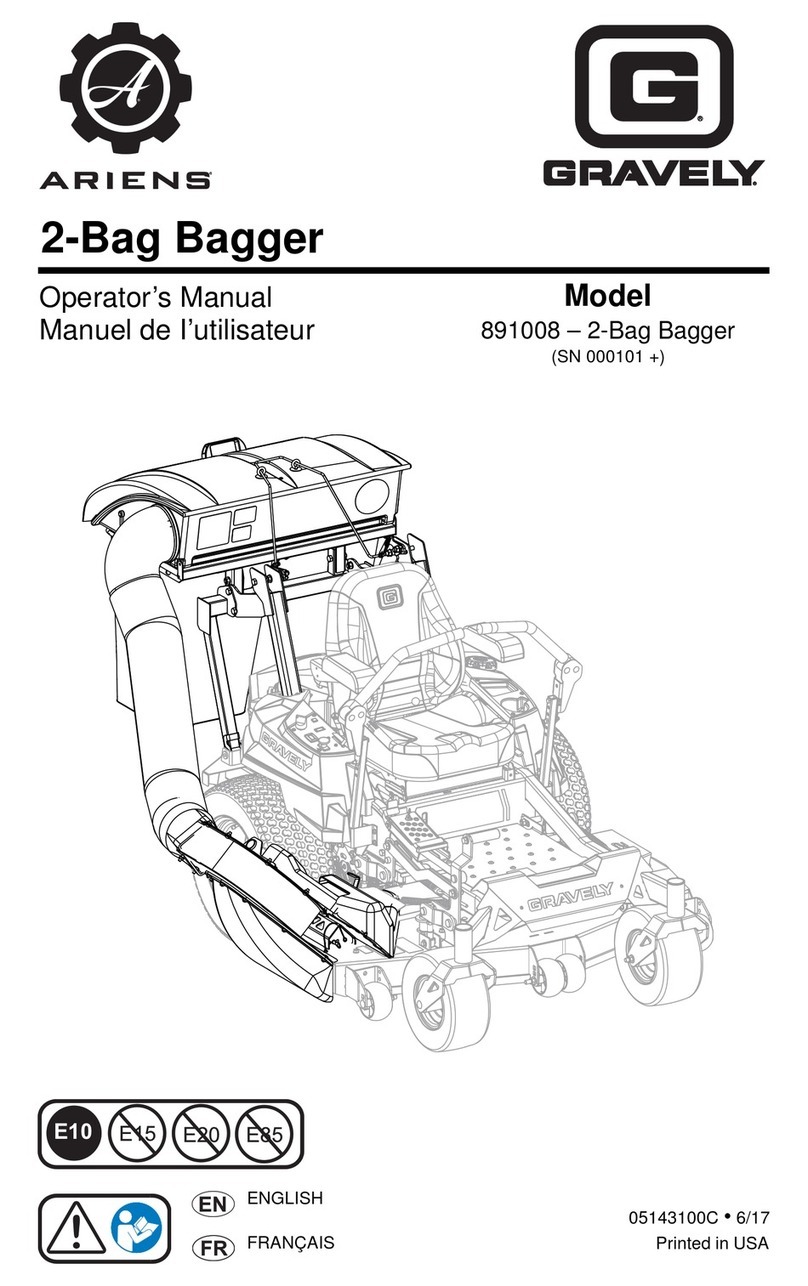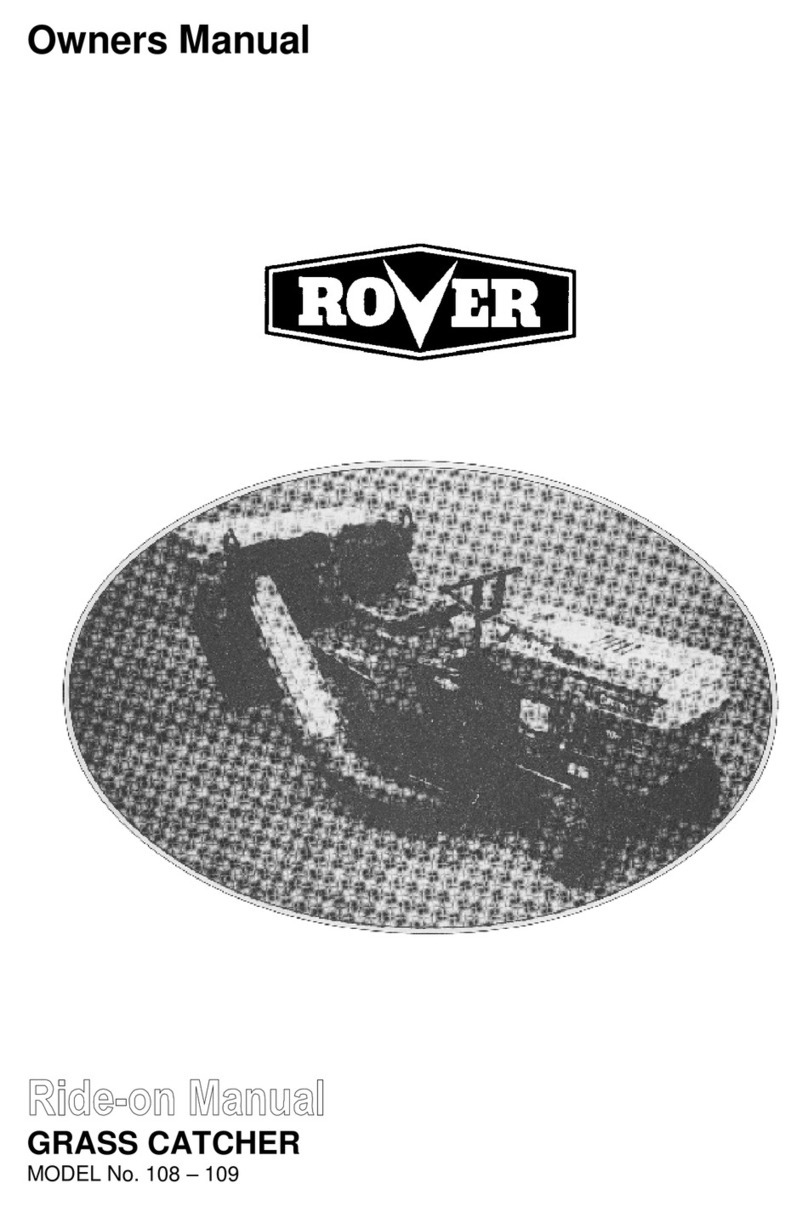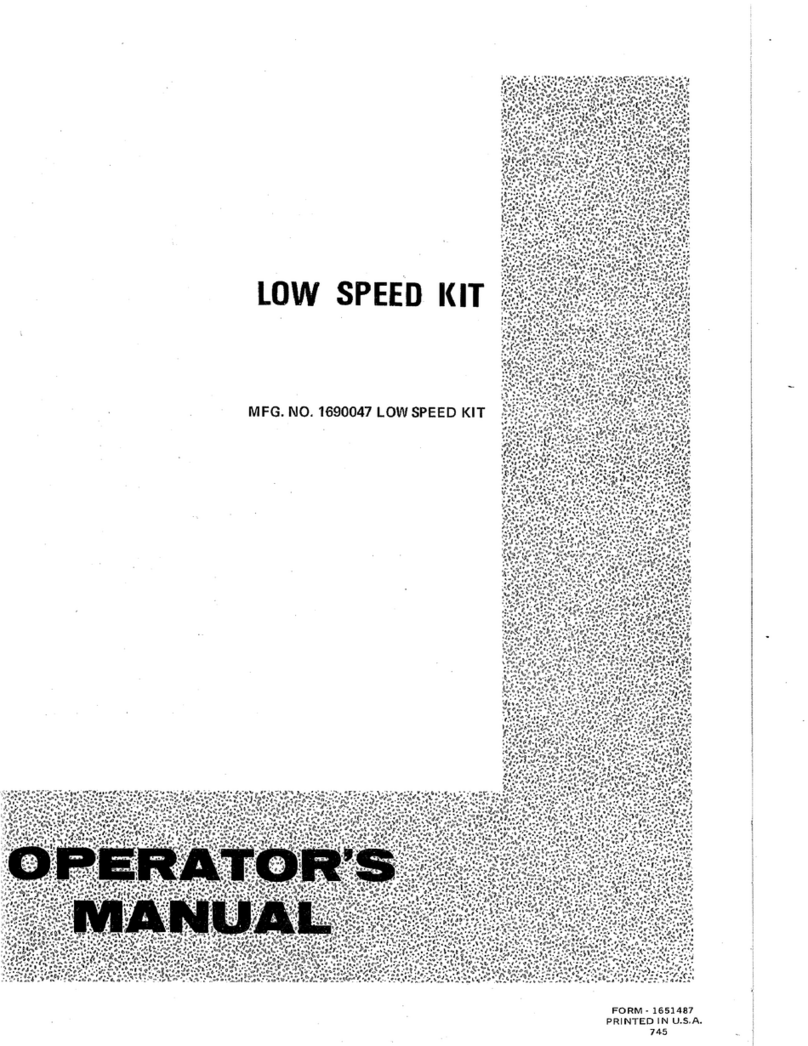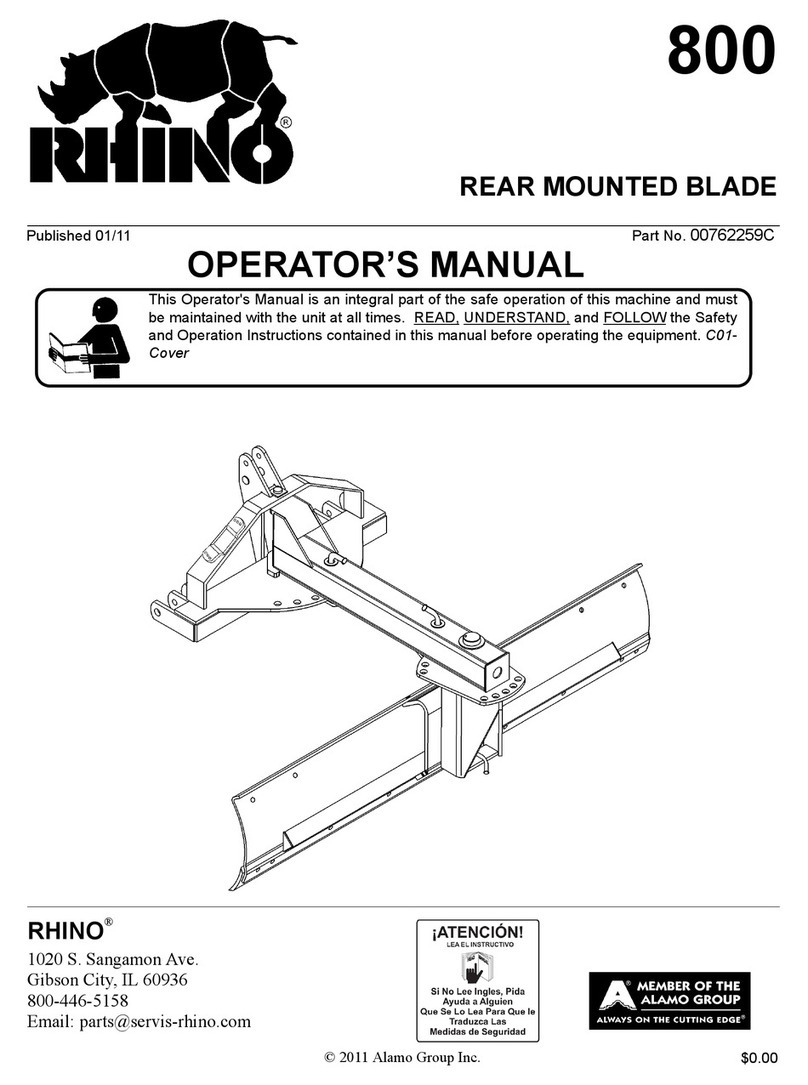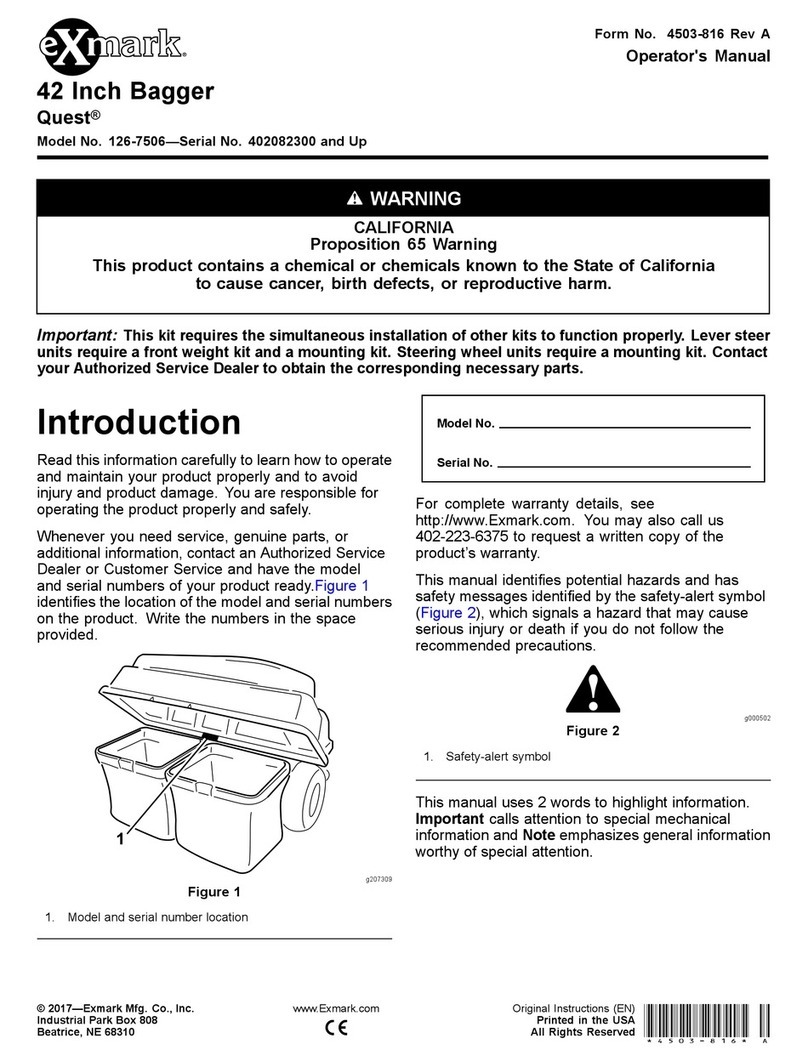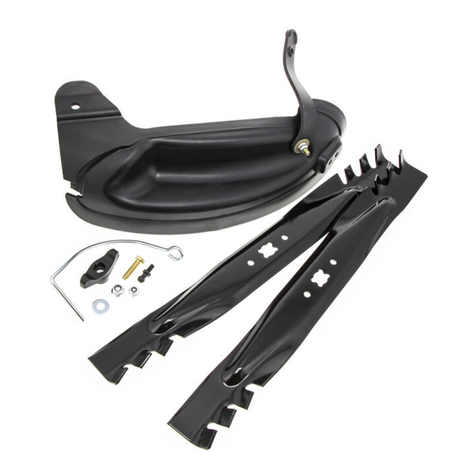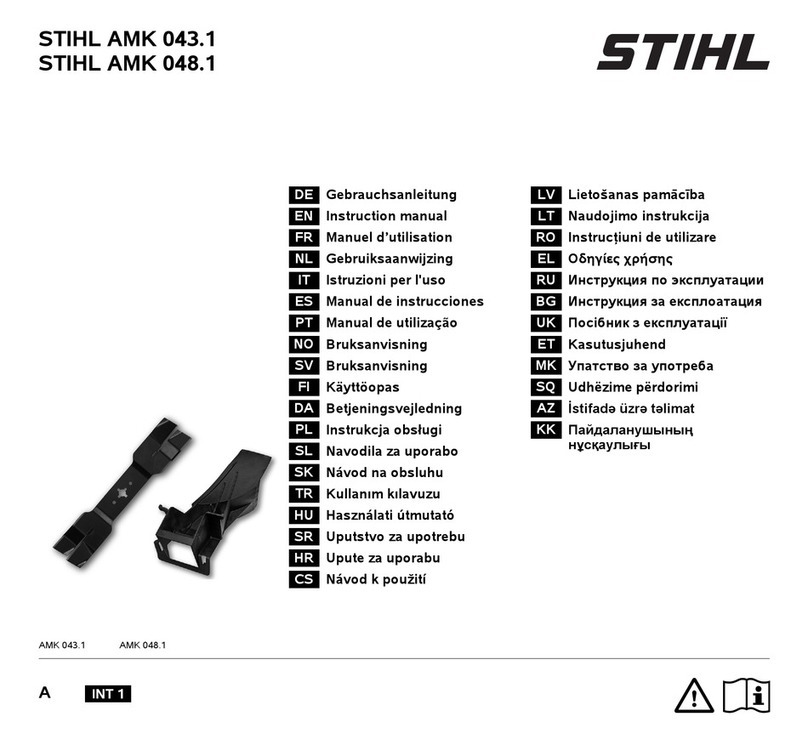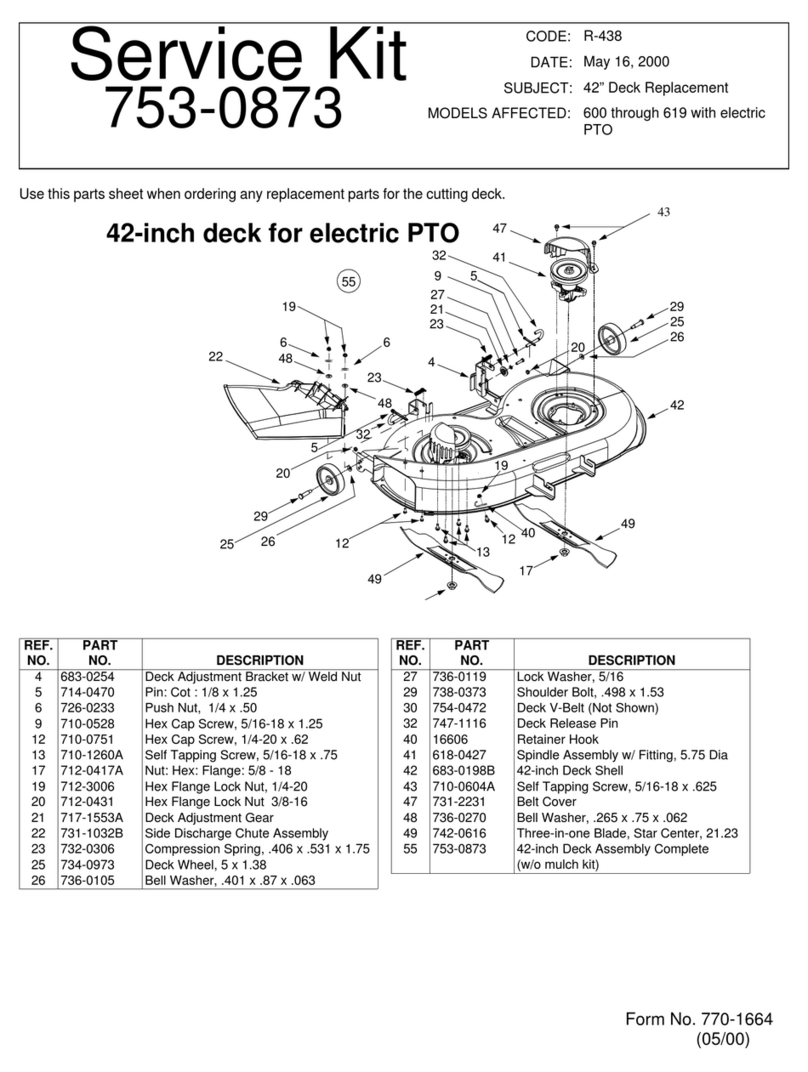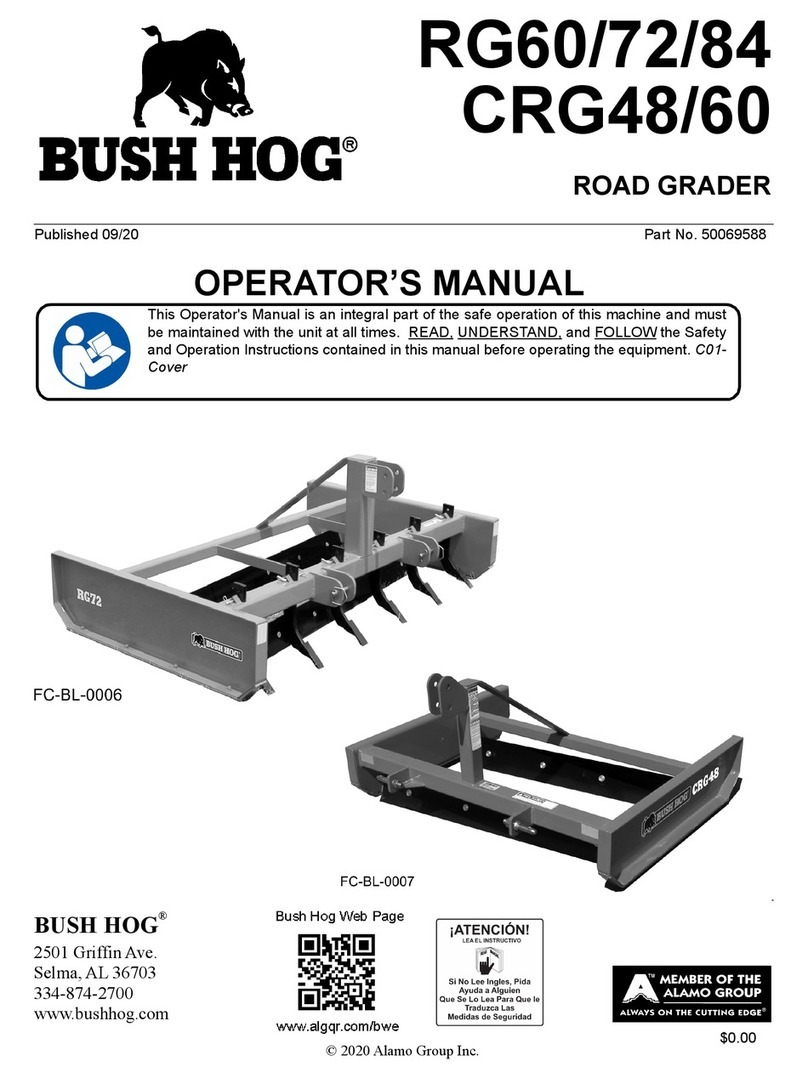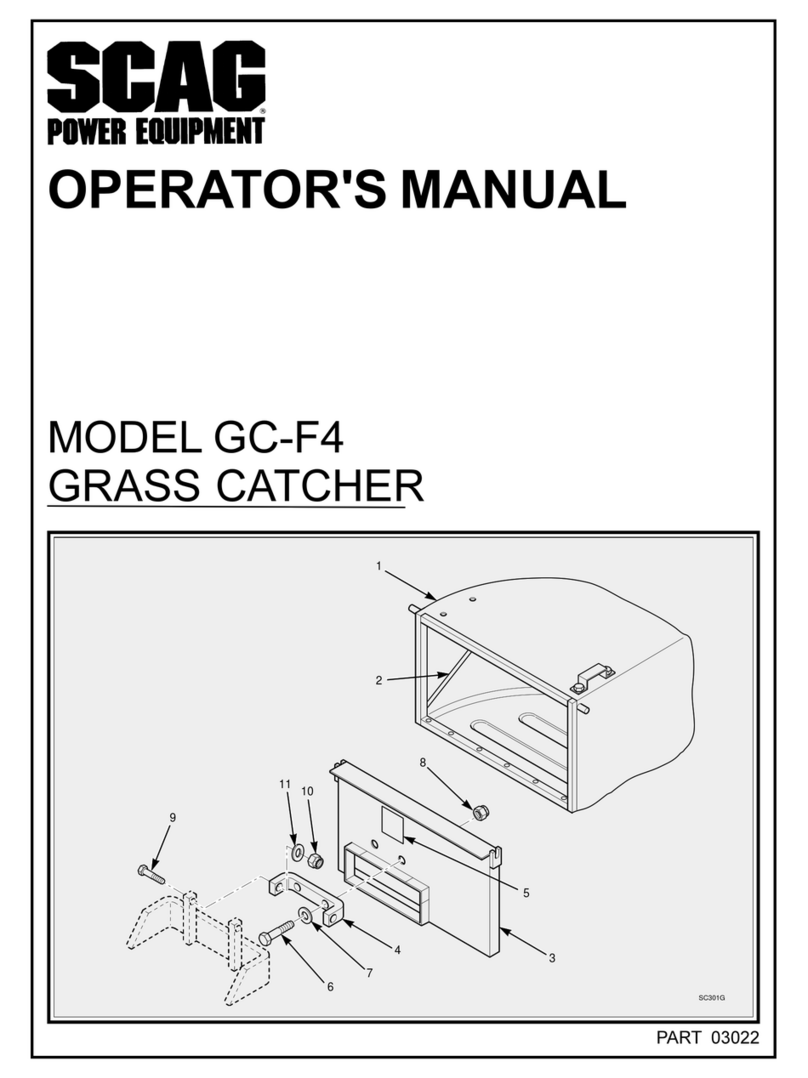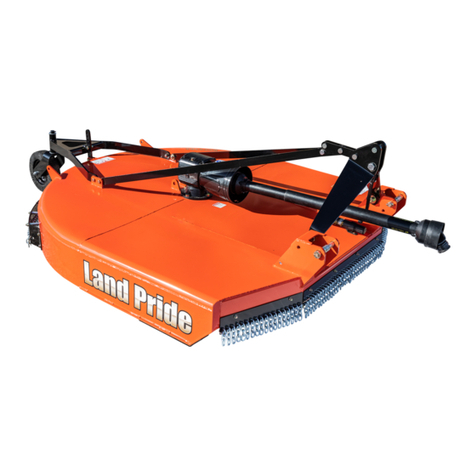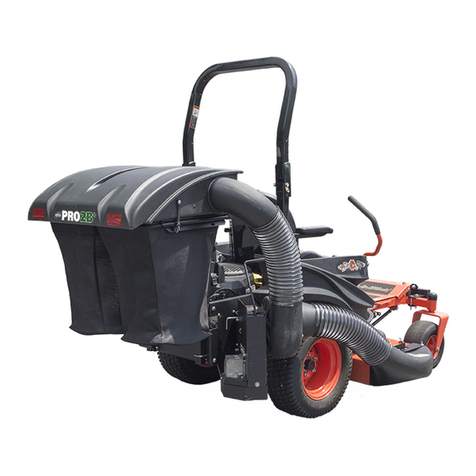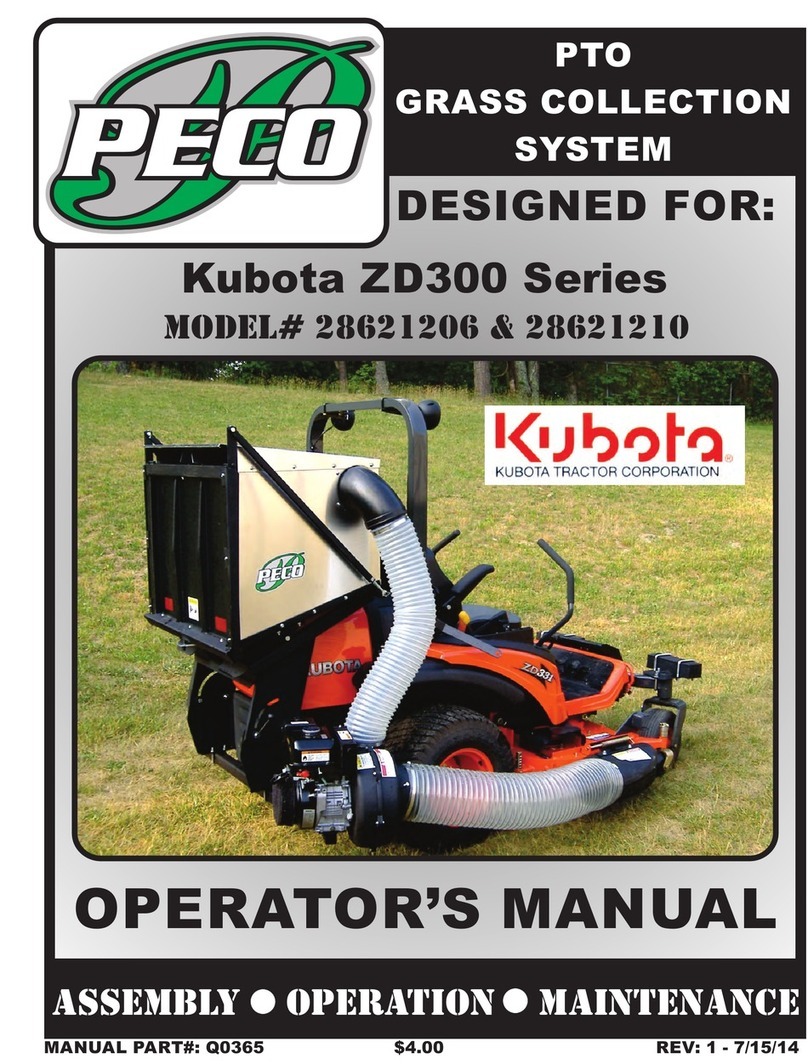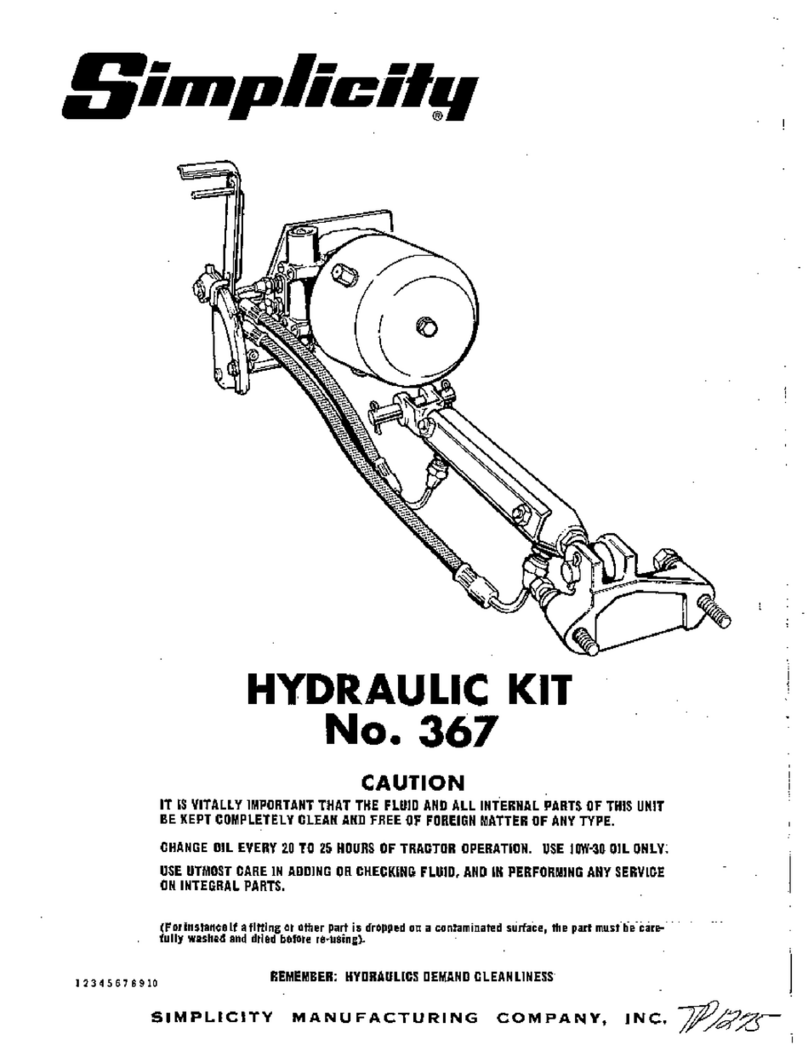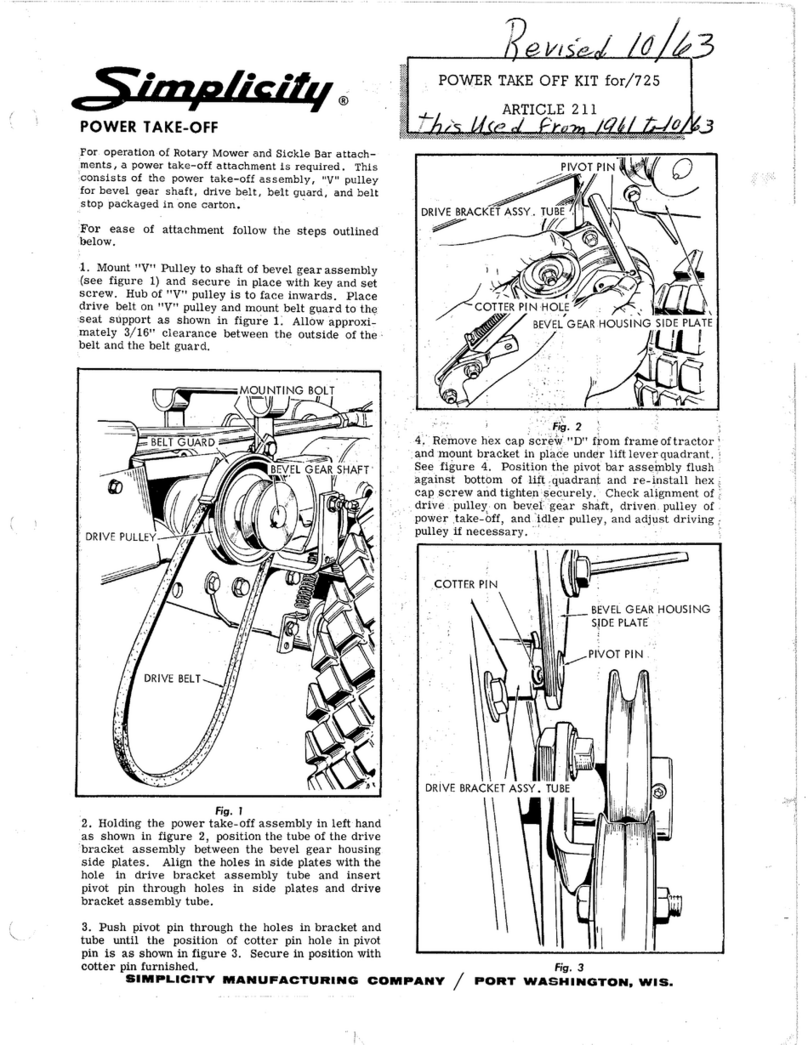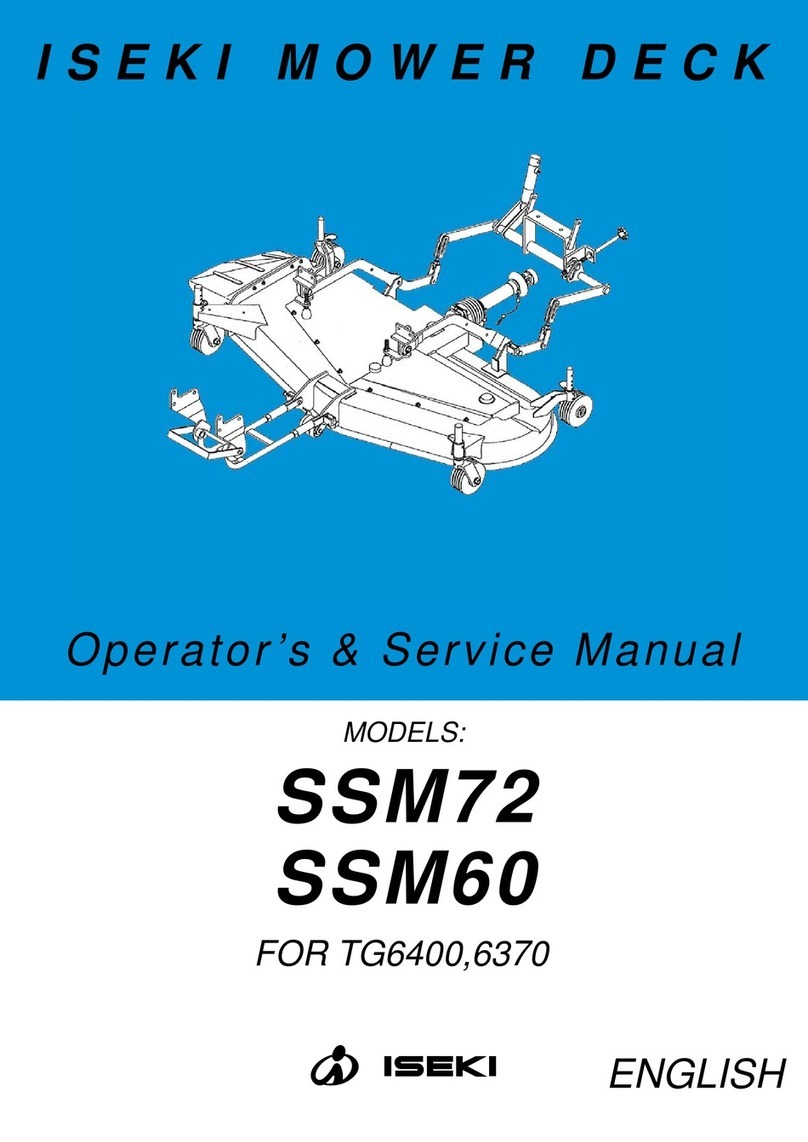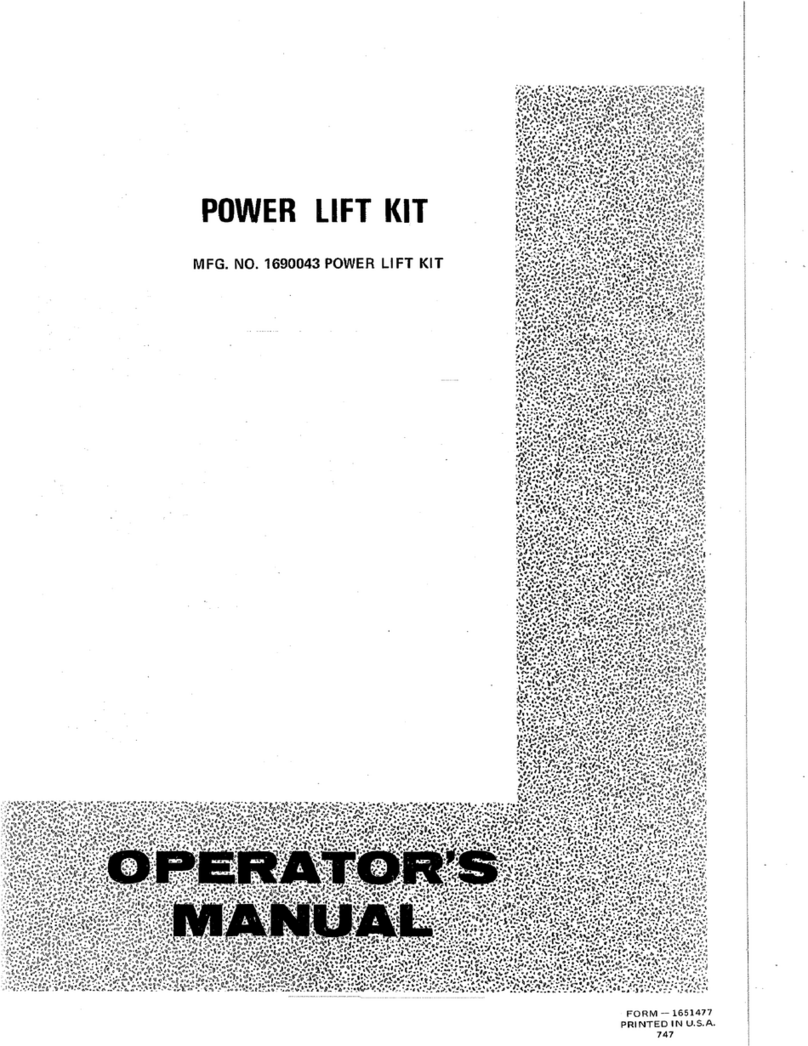
2
All Rights Reserved
Printed in the USA
2002 by The Toro Company
8111 Lyndale Avenue South
Bloomington, MN 55420-1196
Contents
Page
Introduction 2. . . . . . . . . . . . . . . . . . . . . . . . . . . . . . . .
Safety 3. . . . . . . . . . . . . . . . . . . . . . . . . . . . . . . . . . . . .
Safety and Instruction Decals 3. . . . . . . . . . . . . . .
Specifications 3. . . . . . . . . . . . . . . . . . . . . . . . . . . . . . .
General Specifications 3. . . . . . . . . . . . . . . . . . . .
Optional Equipment 4. . . . . . . . . . . . . . . . . . . . . . .
Set–Up 4. . . . . . . . . . . . . . . . . . . . . . . . . . . . . . . . . . . .
Loose Parts 4. . . . . . . . . . . . . . . . . . . . . . . . . . . . . .
Mounting the Front Roller 5. . . . . . . . . . . . . . . . . .
Adjusting Front Shield 5. . . . . . . . . . . . . . . . . . . . .
Adjusting Bedknife Parallel to Reel 5. . . . . . . . . .
Setting Height of Cut and Leveling Rear Roller 6.
Verifying the Height-of-Cut Setting and Leveling the
Front Roller 7. . . . . . . . . . . . . . . . . . . . . . . . . . . .
Verifying Bedknife to Reel Adjustment 7. . . . . . .
Changing Height-of-Cut 8. . . . . . . . . . . . . . . . . . . . . .
Reposition Front Roller 8. . . . . . . . . . . . . . . . . . . .
Reposition Rear Roller 8. . . . . . . . . . . . . . . . . . . . .
Cutting Unit Attitude 8. . . . . . . . . . . . . . . . . . . . . . . . .
Checking/Adjusting Cutting Unit Attitude 9. . . . .
Operation 10. . . . . . . . . . . . . . . . . . . . . . . . . . . . . . . . . .
Cutting Unit Characteristics 10. . . . . . . . . . . . . . . .
Cutting Unit Daily Adjustments 10. . . . . . . . . . . . .
Lubrication 10. . . . . . . . . . . . . . . . . . . . . . . . . . . . . . . . .
Backlapping 11. . . . . . . . . . . . . . . . . . . . . . . . . . . . . . . .
SPA Spring Adjustment 11. . . . . . . . . . . . . . . . . . . . . . .
The Toro General Commercial Products Warranty 12. .
Introduction
Read this manual carefully to learn how to operate and
maintain your product properly. The information in this
manual can help you and others avoid injury and product
damage. Although Toro designs and produces safe
products, you are responsible for operating the product
properly and safely.
Whenever you need service, genuine Toro parts, or
additional information, contact an Authorized Service
Dealer or Toro Customer Service and have the model and
serial numbers of your product ready. The model and
serial numbers are stamped onto a plate on cutting unit.
Write the product model and serial numbers in the space
below:
Model No.
Serial No.
This manual identifies potential hazards and has special
safety messages that help you and others avoid personal
injury and even death. Danger, Warning, and Caution are
signal words used to identify the level of hazard.
However, regardless of the hazard, be extremely careful.
Danger signals an extreme hazard that will cause serious
injury or death if you do not follow the recommended
precautions.
Warning signals a hazard that may cause serious injury or
death if you do not follow the recommended precautions.
Caution signals a hazard that may cause minor or
moderate injury if you do not follow the recommended
precautions.
This manual uses two other words to highlight
information. Important calls attention to special
mechanical information and Note: emphasizes general
information worthy of special attention.
